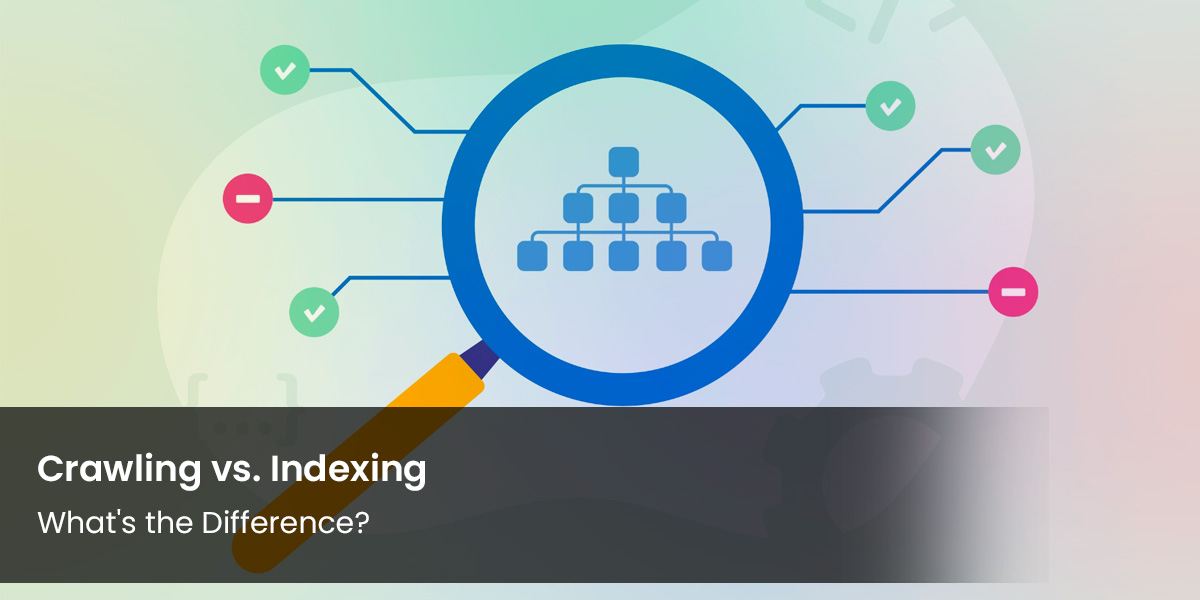
In the world of search engines, two essential terms come up quite often: crawling and indexing. While they might sound like technical jargon, they are foundational to how search engines operate and provide users with relevant search results. But what exactly is the difference between the two, and why do they matter?
What is Crawling?
Crawling is the process through which search engines send out a team of robots (known as web crawlers or spiders) to find new and updated content. These crawlers start with a list of web addresses from past crawls and from sitemaps provided by website owners. As they navigate the web, they follow links on these pages and discover new content.
Here’s a simple breakdown of how crawling works:
- Starting Point: The crawler begins from a known set of web pages.
- Following Links: As the crawler visits each webpage, it identifies all the hyperlinks on the page.
- Discovery: By following these links, the crawler discovers new pages and adds them to its list.
- Data Collection: As it navigates, the crawler captures and stores code from web pages.
The goal of web crawling is to capture the content of as many websites as possible and keep track of all the links.
What is Indexing?
Once a web crawler has discovered a webpage and fetched its content, the next step is indexing. Indexing is the process of processing and storing the information collected during the crawl so that it can be quickly retrieved when a user enters a relevant search query.
Here’s how indexing typically works:
- Processing: Search engines process the content of a page and try to understand its context. This often involves looking at key content tags (like the title, headings, or meta tags), keywords, and the overall content.
- Storing Data: The processed data is then stored in vast databases, known as indexes.
- Ranking: Based on various algorithms, each page is given a rank. This rank determines the position of the page in the search results for particular queries.
The result of indexing is a vast database of web pages and their content, which can be swiftly searched to provide relevant results to users.
Why Do They Matter?
- Relevance: Crawling and indexing ensure that users get the most up-to-date and relevant results for their queries. Search engines strive to provide users with the best experience, and accurate indexing is key to achieving this.
- Search Speed: The indexing process enables search engines to return results at incredible speeds. Without indexing, search engines would have to scan the entire web for every single query, which would be impractically slow.
- Website Visibility: For website owners, understanding crawling and indexing is crucial. Ensuring that their sites are easily crawlable and that essential content gets indexed means that they have a better chance of ranking higher in search results.
In Conclusion
While crawling and indexing are distinct processes, they are interconnected steps in the journey of a piece of online content, from its creation to its appearance in search results. As the web continues to grow and evolve, these processes will continue to play a foundational role in organizing and making sense of the vast expanse of information available online. Whether you’re a casual searcher, a seasoned marketer, or a curious reader, understanding the difference between crawling and indexing gives you insight into the unseen mechanics that power our daily online searches.




